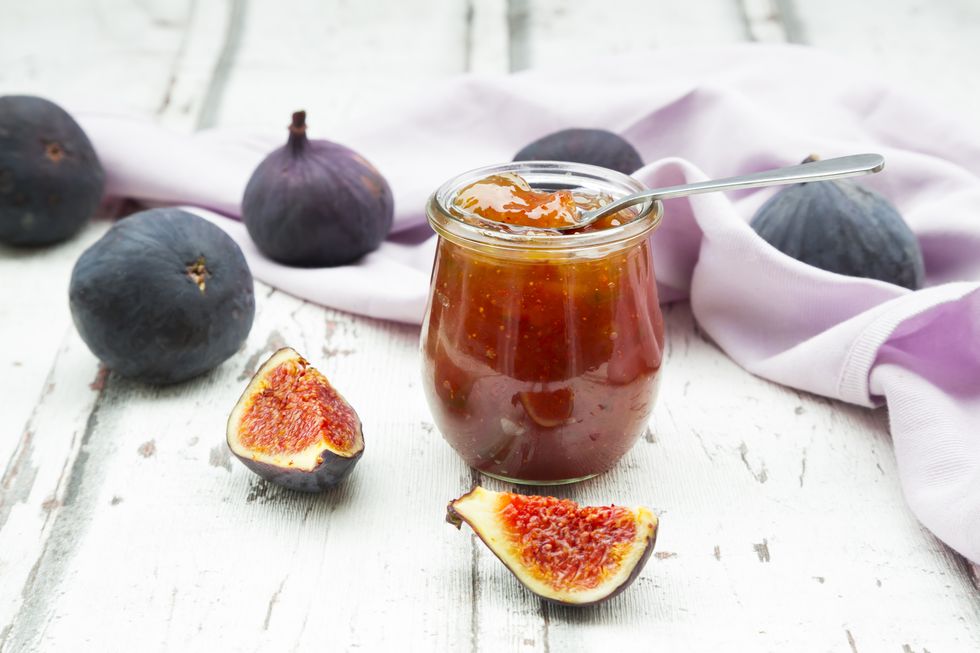If you’d like to try growing an unusual fruit crop that’s delicious and nearly trouble free, consider figs. These trees will grow well unprotected in zones 8 to 10, and also in colder areas if you choose hardier cultivars or give plants proper winter protection.
Selecting Fig Trees
More than 200 fig cultivars grow in North America with a broad range of fruit shapes and colors. It’s important to select a variety adapted to your climate, such as Brown Turkey, Chicago, or Celeste for colder areas. Look for self-pollinating cultivars, as some figs are pollinated by tiny, specialized flies native to the Mediterranean and won’t set fruit without them. (Reputable U.S. nurseries sell only self-pollinating figs.)
Growing Figs in Containers
Because figs are tricky to grow in the ground where temperatures drop below 10 degrees, it makes sense to grow your figs in containers if you live north of zone 7. Use a large container (such as the planters nurseries sell for patio fruit trees), preferably plastic to control the weight.
Use regular potting soil and plant figs at the height they grew at the nursery, top-dressing the container with compost if you have it. Water when the soil is dry an inch below the surface; if you let containers dry out completely, the figs may lose their leaves. (Leaves will regrow, but it stresses the plant and lessens fruit production.)
Set pots in a sunny part of the patio, deck, or yard. You can use foliar sprays or water with liquid seaweed (kelp), compost, or manure tea monthly to give plants a boost.
Planting and Caring for Fig Trees
Plant trees as you would any young tree. Figs need a sunny spot that’s protected from winter winds. Mulch trees well with compost and apply foliar sprays of seaweed extract at least once a month during the growing season.
If temperatures drop to 10 degrees or colder in your area, and you’re growing cold-hardy figs outdoors in the ground, you can protect them with a cylindrical cage of hardware cloth filled with straw for insulation (don’t cover it with plastic, which can overheat).
Never try to grow figs in the ground north of zone 6, and even there, plant the most cold-tolerant cultivars. Instead, grow your figs in containers and bring them indoors for winter. Keep them in an unheated garage, shed, or other protected area where temperatures don’t dip below 20 degrees. The figs will drop their leaves and go dormant, but you should still water them when the soil dries. Figs will stay green all winter in a greenhouse, and may even bear fruit in the warm, sunny climate. Make sure you water them regularly, and watch the undersides of leaves for greenhouse pests like aphids. In either case, bring plants back outdoors when the weather warms and the last frost date is past.
Pruning
Figs don’t require formal training; just thin or head back as needed to control size. Use a shovel to disconnect suckers that sprout from the roots throughout the growing season; replant or share them with friends.
You can propagate figs by taking cuttings, but the easiest way is to bend a low-growing branch down and secure it to the ground or the soil in a container with a U-shaped wire; cover lightly with soil (and a rock if it resists staying buried) and check for rooting. Once the stem has rooted, sever it from the mother plant with pruning shears and it’s good to go.
Keeping Fig Trees Healthy
Generally, figs do not suffer from insect or disease problems in North America. Keep birds away with netting; spread wood ashes around the base of trees to keep ants from climbing up to fruits. Keep plants well watered to avoid leaf drop, especially when they’re growing in containers.
Harvesting Figs
In warm climates, you can harvest twice — in June and again in late summer. In colder areas, expect one harvest in late summer or fall. Make sure you know the color of your fig’s fruit when it’s ripe. Some figs turn brown when ripe, while others are gold or even green. Check trees daily for ripe fruit in season. Ripe fruits are soft to the touch; skin may begin to split.
Figs will keep up to one week in the refrigerator, but spoil easily. Cook figs by simmering them with a dash of lemon and honey for about 20 minutes, mashing them as they cook. Then puree in a food processor, blender, or food mill. The puree freezes well and makes an excellent cookie filling, sauce for ice cream or poached pears, or spread for toast. You can also dry figs in a food dehydrator for nutritious snacks.















